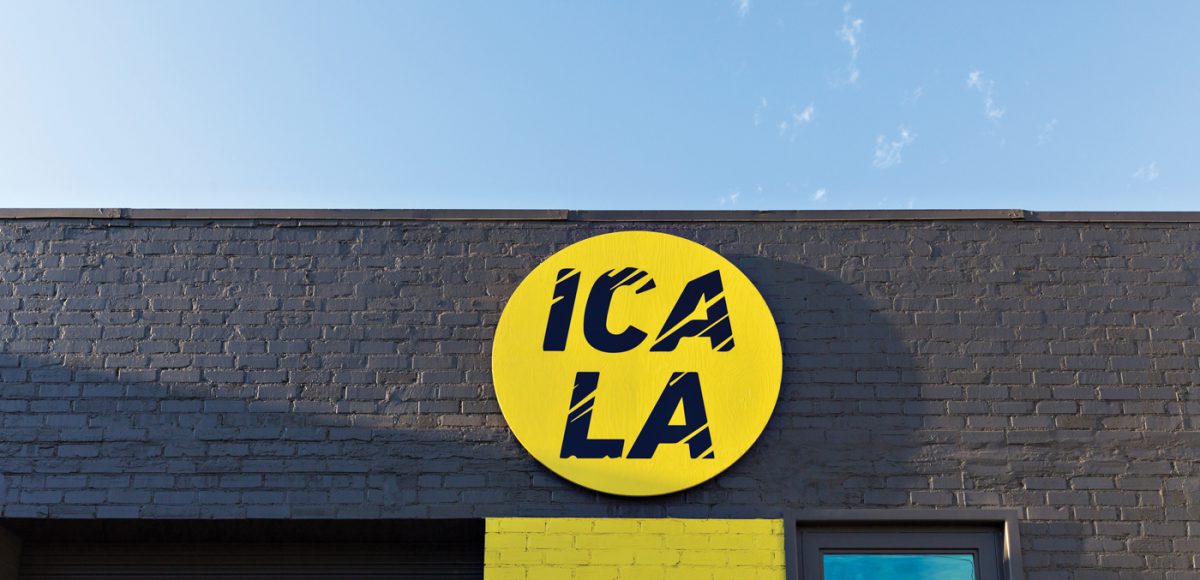When the new Institute of Contemporary Art, Los Angeles (ICA LA) opened September 9 after an extended makeover from its days as the Santa Monica Museum of Art, it unveiled an array of new staff, new board members, a new physical plant and inaugural exhibits designed to reflect a re-envisioned mission.
After a pivotal meeting with the Santa Monica City Council in 2015 over the direction of the redevelopment of Bergamot Station—where the Santa Monica Museum of Art had been located—the future of the museum was catalyzed. Elsa Longhauser, ICA LA/SMMoA director since 2000, explained the excitement and energy that brings the museum into a new era and a starkly contrasting location in downtown Los Angeles. “We chose to move to downtown LA because it was transforming as an epicenter of the art world; we saw this as an opportunity to become part of the city’s emerging cultural hub,” said Longhauser in an interview with Fabrik.
 Institute of Contemporary Art, Los Angeles Presents Martín Ramírez: His Life in Pictures, Another Interpretation. All works by Martín Ramírez. All images © 2017 The Estate of Martín Ramírez; Courtesy Ricco/Maresca Gallery, NY
Institute of Contemporary Art, Los Angeles Presents Martín Ramírez: His Life in Pictures, Another Interpretation. All works by Martín Ramírez. All images © 2017 The Estate of Martín Ramírez; Courtesy Ricco/Maresca Gallery, NY Institute of Contemporary Art, Los Angeles Presents Martín Ramírez: His Life in Pictures, Another Interpretation. All works by Martín Ramírez. All images © 2017 The Estate of Martín Ramírez; Courtesy Ricco/Maresca Gallery, NY
Institute of Contemporary Art, Los Angeles Presents Martín Ramírez: His Life in Pictures, Another Interpretation. All works by Martín Ramírez. All images © 2017 The Estate of Martín Ramírez; Courtesy Ricco/Maresca Gallery, NY
Los Angeles-based artist Mark Bradford designed the new logo. The architectural firm wHY, under the direction of Kulapat Yantrasast, redesigned the building; an airy space with ambient light filtering in from above. Situated on 7th Street, across from the LA bus terminal, ICA LA now shares the neighborhood with Inner City Arts and the downtown ghost of the now-Hollywood-based LACE. Immediately next door is a bodega and the fashion outpost Descontrol Punk Shop.
The Institute of Contemporary Art, Los Angeles takes its name independently, with no affiliation to any similar companies or arts entities. As previously, the museum remains a kunsthalle, and will not have a permanent collection. Visitors enter the new space set back from 7th Street, and are immediately engulfed by activity. “The ‘back of house’ section is actually at the front,” said Longhauser. “When you enter, you’ll see bookcases and bleachers (portable stadium-style seating modules), and people working.” The entrance lobby rests between two identical mezzanines on either side, including a board room-style educational center. “You won’t enter into a pristine space. The administrative areas are designed to be transparent and accessible. This way we can reveal the inner workings of our organization and facilitate integration between the museum’s team and its visitors.”
Opposite the learning center is a large room designated as the museum’s café and retail space. Initially, the space will feature an installation designed by dosa’s Christina Kim, with hand-made artifacts and objects inspired by one of the inaugural exhibitions, Martin Ramirez: His Life in Pictures, Another Interpretation. Part of Pacific Standard Time LA/LA, the Ramirez exhibit features roughly 50 pieces borrowed from various lenders. Ramirez was confined to a hospital for most of his life with a diagnosis (now challenged) of schizophrenia. While there, he left an indelible mark on the outsider art world with a vast series of drawings of pastoral and industrial scenery, including an 18-foot scroll on view for the first time.
Curator Jamillah James, who came to the ICA LA from the UCLA Hammer Museum, is launching what will be a vibrant and ambitious contemporary program. “In terms of the upcoming curatorial program for the museum, I want to platform artists who are using their abilities to think through some of the problems we collectively face locally, nationally and on the global stage,” she said in an email interview with Fabrik.
James’ focus on special projects here includes New York installation artist Abigail DeVille in the project room and LA-based painter Sarah Cain’s site-specific work, Now I’m Going To Tell You Everything on the Museum’s courtyard wall on 7th Street. “As curator,” James said, “I have a special interest in continuing to articulate and broadcast the tremendous lineage of artists who are here living and working in Los Angeles, and those who have passed through this city for one reason or another who we may associate with other places.”
In a gesture of community inclusion, ICA LA is hiring local staff and has established a relationship with the nearby bus station. Longhauser added, “We’re working with youth in Boyle Heights and East Los Angeles on an education initiative called Agency of Assets to help them explore, engage and ultimately work as paid interns in the downtown arts and culture sector.”
This area of DTLA has changed slowly, yet remains rooted in an identity that is transient to its core. The bus station functions as a portal to this dynamic. Many bright spots shine behind protective exteriors. “We are doing everything we can to be responsible to our neighbors and the community,” said Longhauser. “We will be sure to be as welcoming to the people walking by on the street, as to the art world.”
It seems particularly timely that the Institute’s curatorial vision intends to be welcoming, too. James said, “I want ICA LA to be a space that continues to welcome experimentation and challenging work, as it did in its earlier incarnation, and one that shows through its programming a commitment to showing a world we’d all like to live in, that is critical, fair, inclusive and rigorous.”




